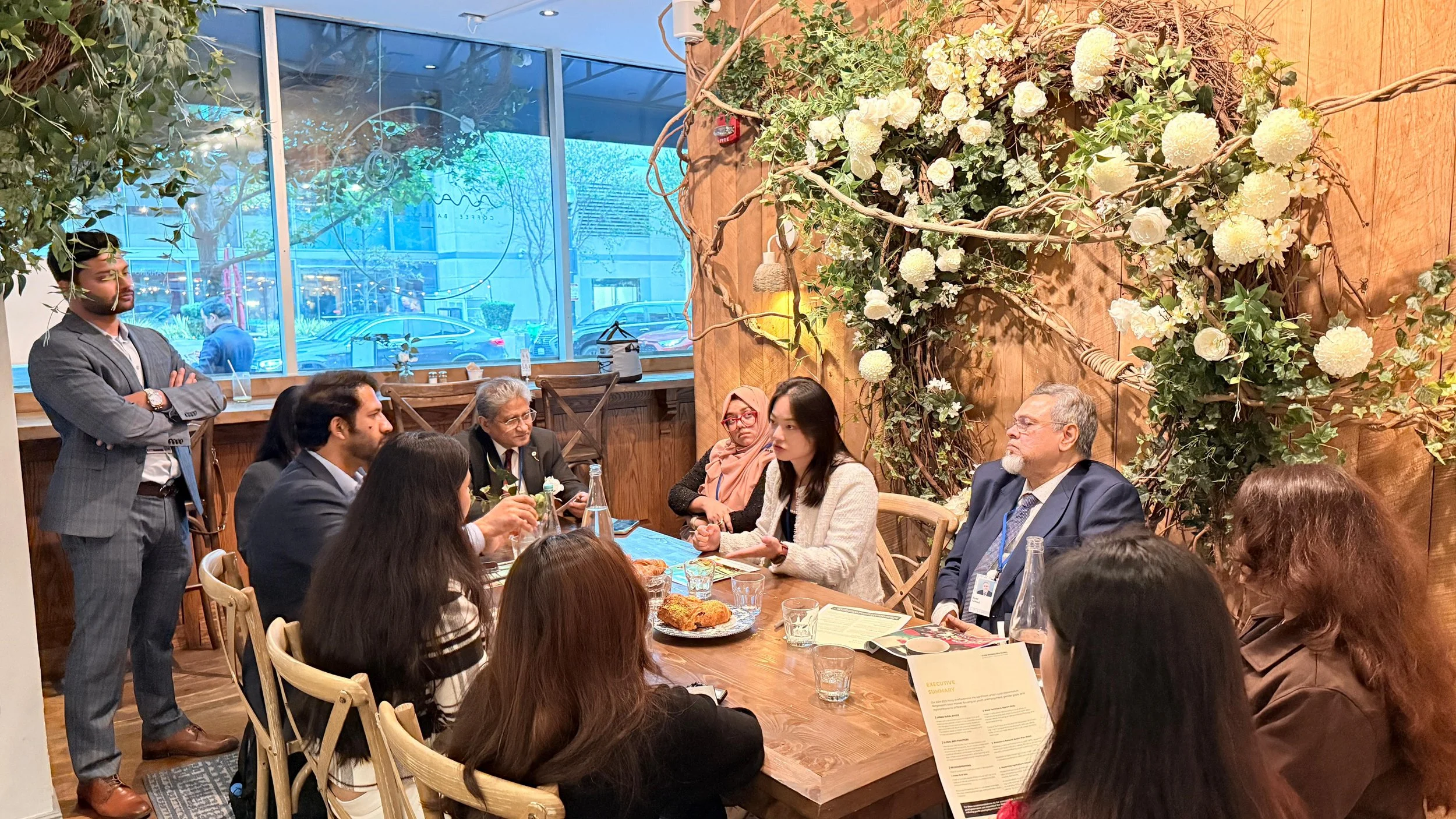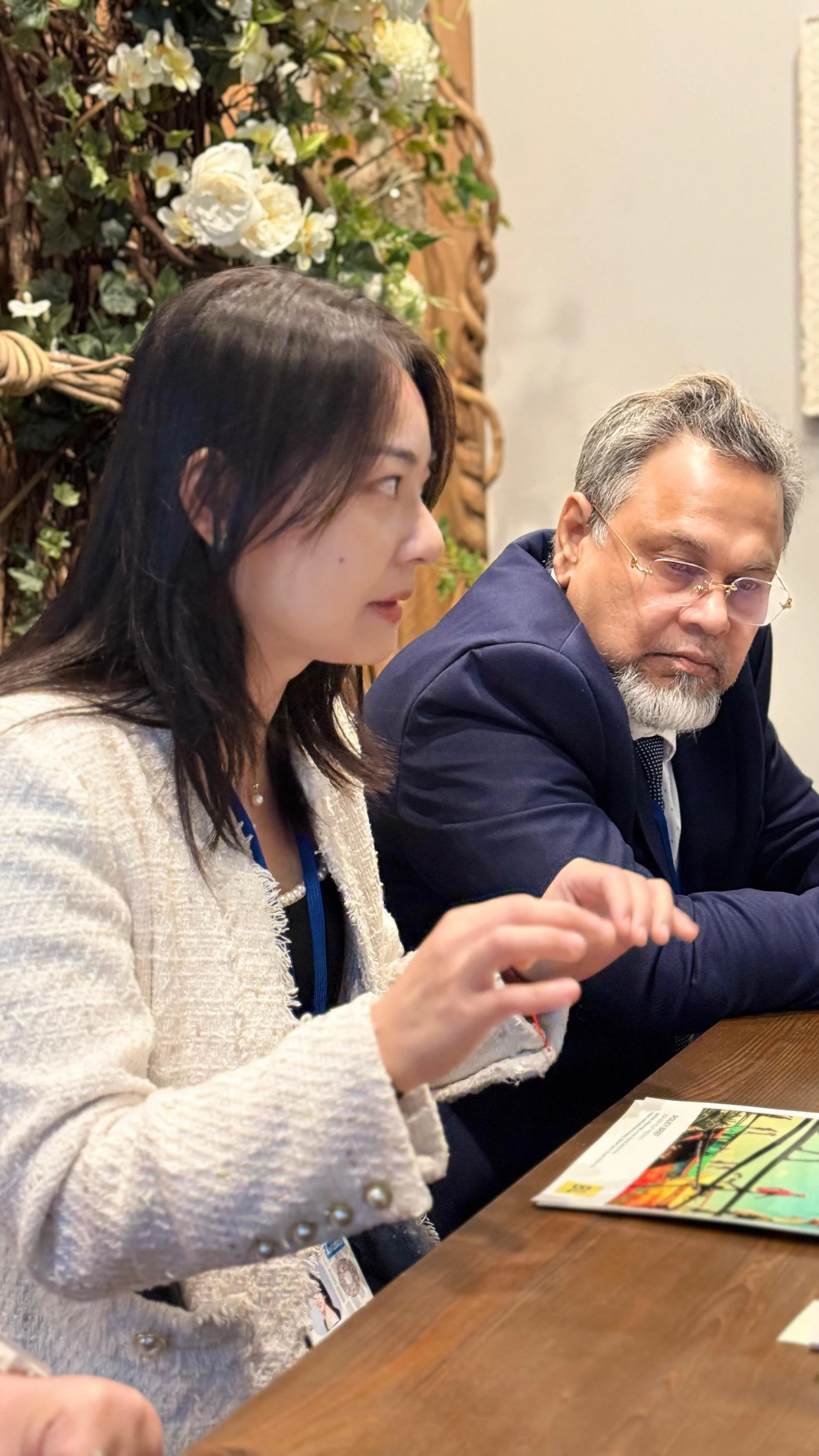Community
Jobs for the Future Briefing
World Bank Meetings
At a Glance
-
Kudos to the brilliant team BacharLorai Global (BL) for their passion and groundbreaking impact! Xinyuan Xu Shirley wowed the crowd by presenting their game-changing book, "Jobs for the Future: Bridging Urban-Rural Unemployment Inequities of Bangladeshi Youth", sparking inspiration at the global stage! -
Syed Nuruddin Ahmed
Managing Trustee
Center for Inclusive Development -
12 Attendees
-
October 15, 2025
-
SDG 8: Decent Work and Economic Growth
-
New York City, USA
Impact
Overview
The discussion delved into Bangladesh is creating jobs, but not the right kind or in the right places, leaving many young people and women in low-quality work or unemployed.
Our partners
Project Team
Aditi Zahir, Director, Policy Research, BacharLorai
Anil Wasif, Founding Director, Management, BacharLorai
Farhim Zaman, Founding Director, Operations, BacharLorai
Xinyuan Shirley Yu, Research Fellow, University of Chicago
SDG Alignment
Target 8.5
By 2030, achieve full and productive employment and decent work for all women and men, including for young people and persons with disabilities, and equal pay for work of equal value.
Target 8.3
Promote development-oriented policies that support productive activities, decent job creation, entrepreneurship, creativity and innovation, and formalize and grow micro-, small- and medium-sized enterprises.
Context
Bangladesh has experienced a historic expansion of its labor force, which grew from approximately 63 million in 2017 to 73 million in 2022. However, this impressive aggregate growth masks a deepening structural imbalance within the economy.
Our analysis, drawing on a decade of official Labor Force Surveys and national data, reveals that the nation faces a critical mismatch: economic growth is no longer efficiently translating into stable, quality employment.
This divergence is characterized by three concurrent trends: urban industries are becoming more capital-intensive and absorbing fewer workers, rural areas are adding jobs but primarily in low-wage and informal sectors, and tertiary-educated youth face alarmingly high unemployment rates.
These dynamics, coupled with sharply diverging gender outcomes—where female participation is declining in urban centers while rising out of necessity in rural areas—create a complex policy challenge.
Understanding this disconnect between the location of growth, the beneficiaries, and the quality of jobs created is essential for designing effective interventions.








